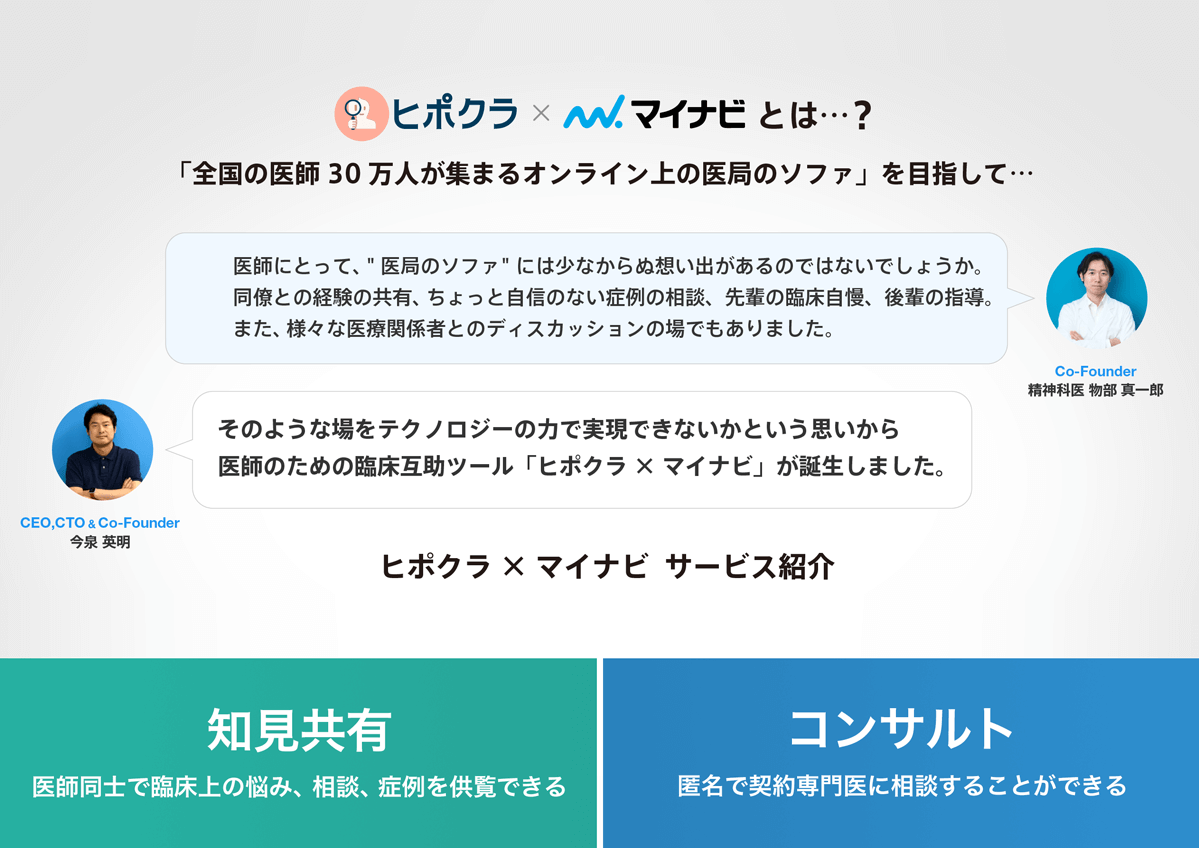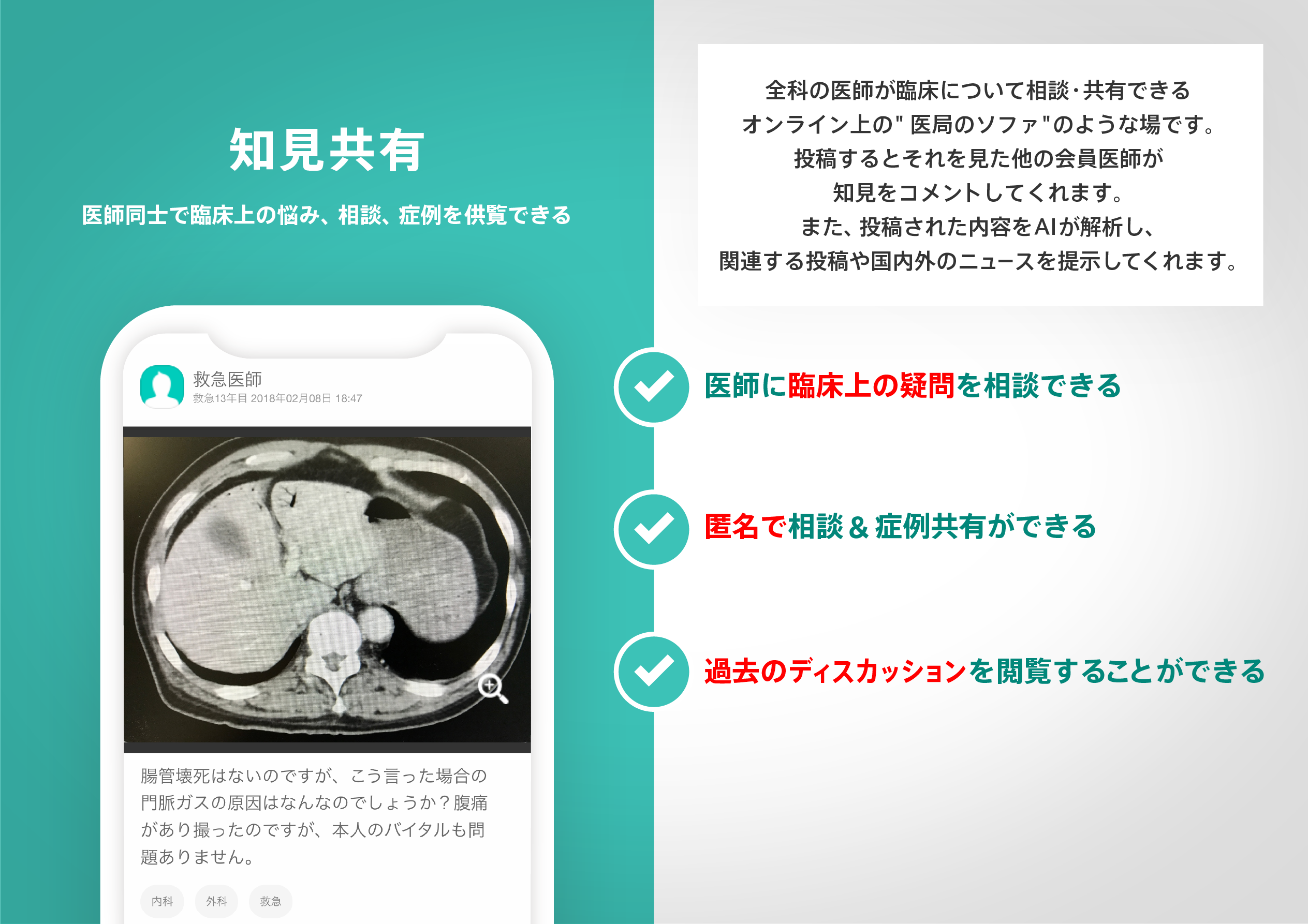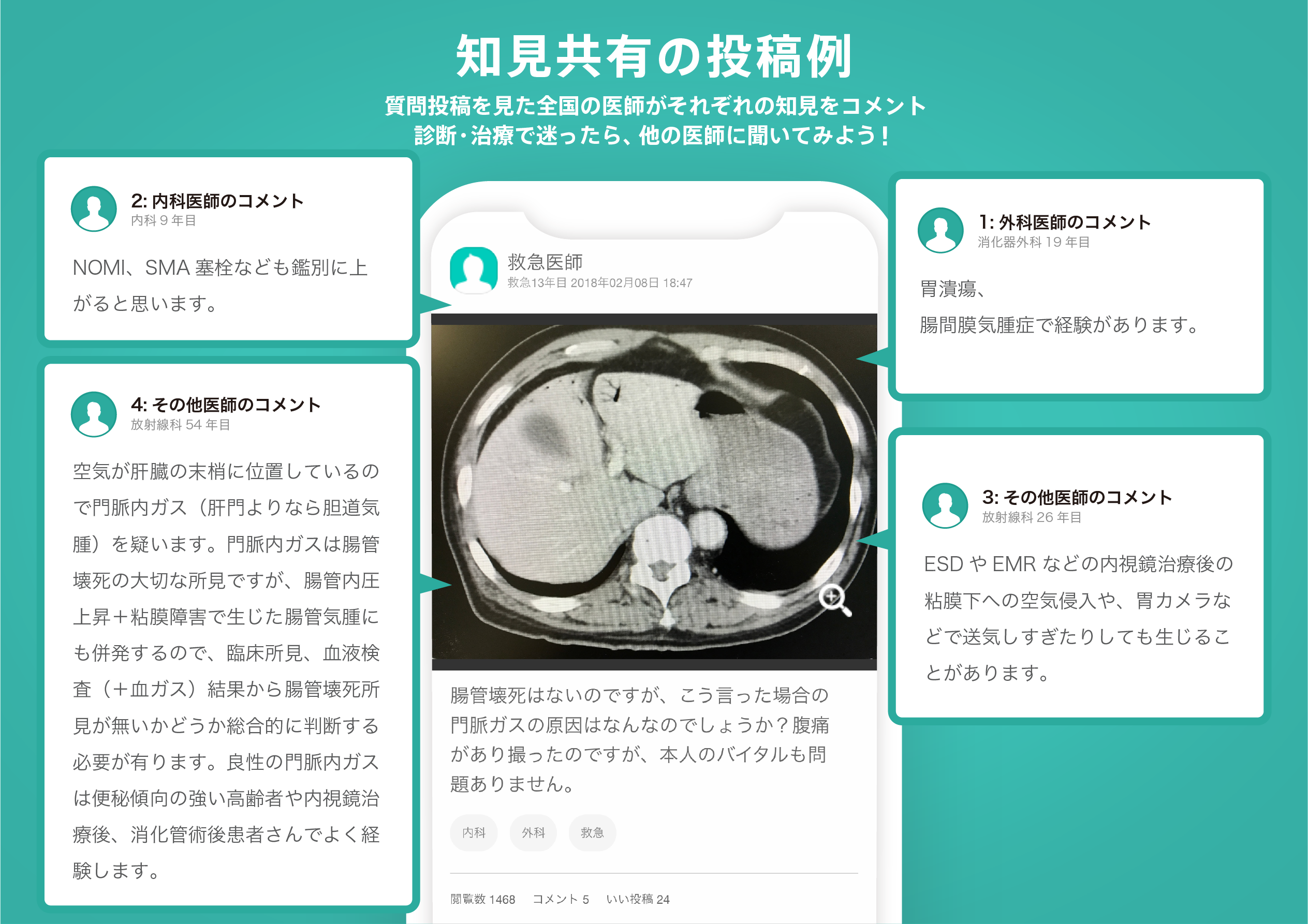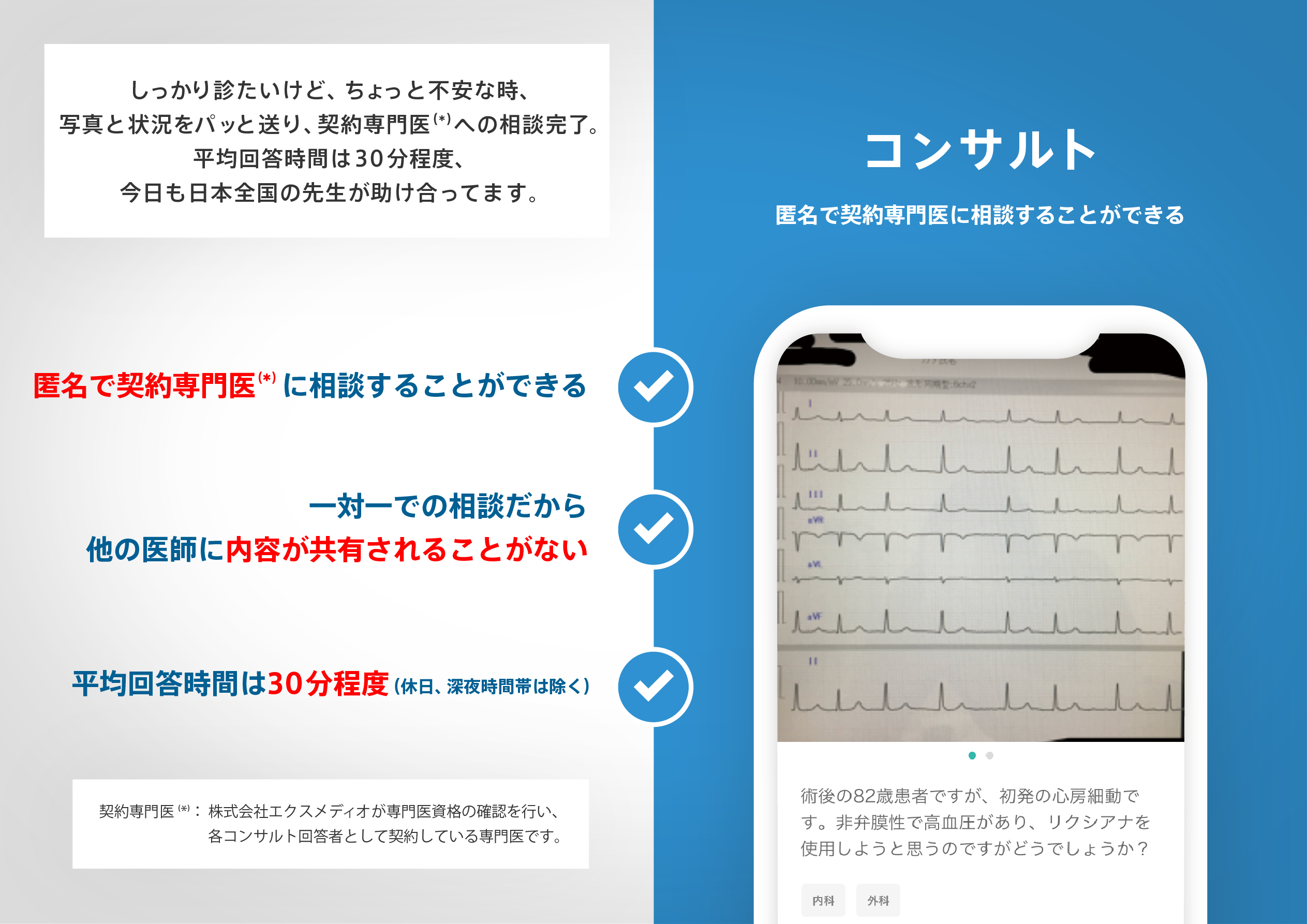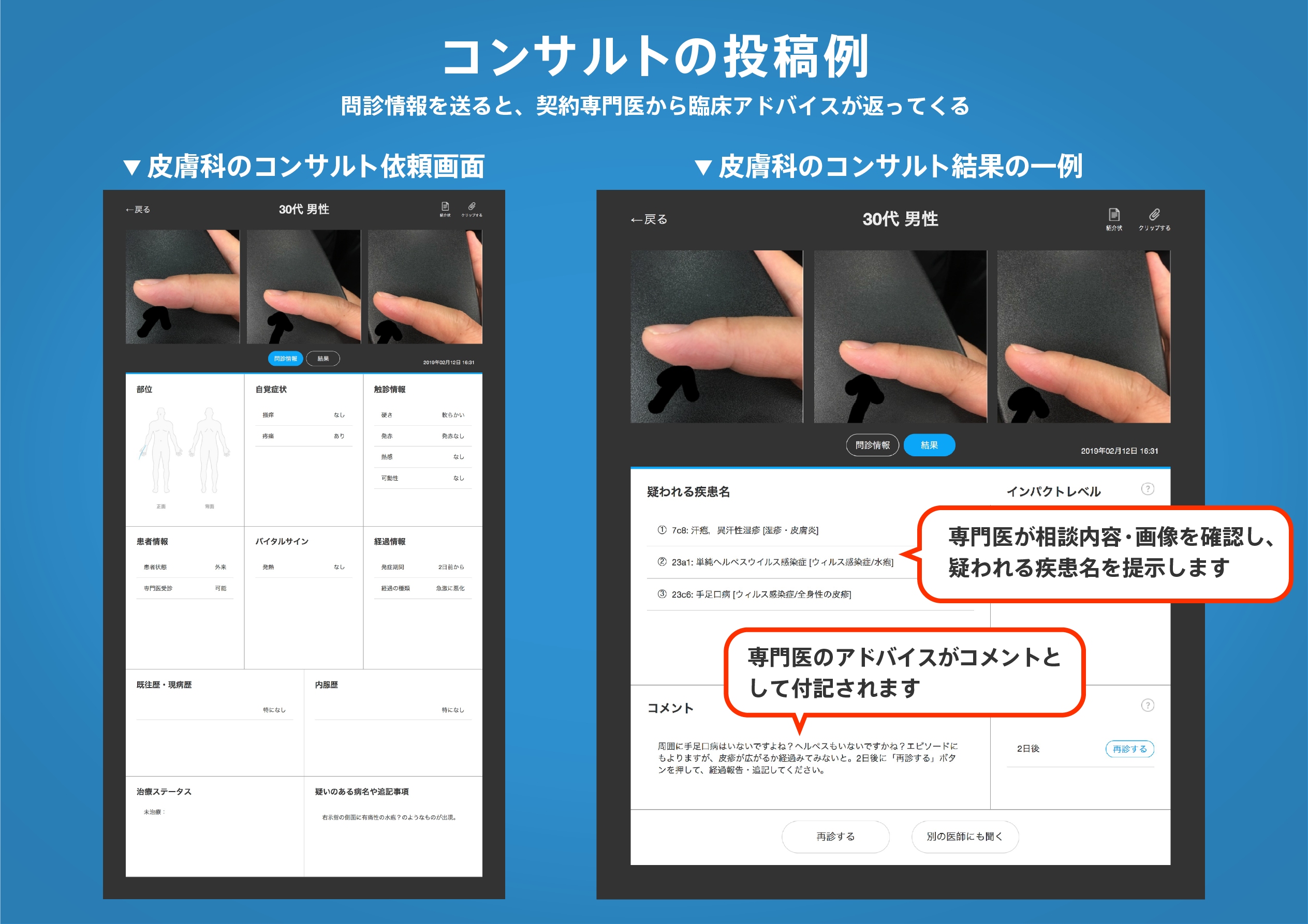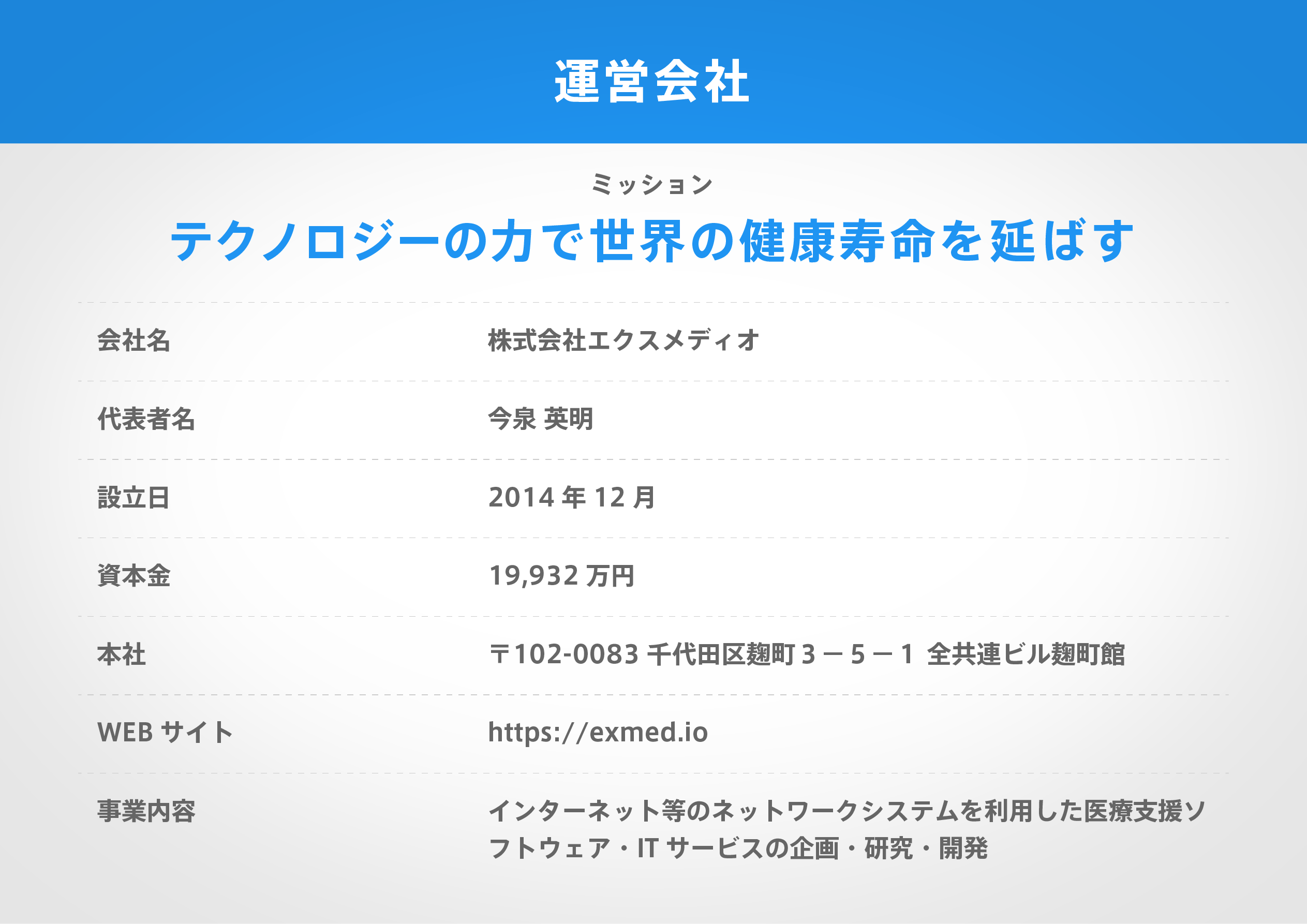著名医師による解説が無料で読めます
すると翻訳の精度が向上します
臨床研究では、セロトニン(5-HT)1A受容体と相互作用する大麻の主要な非凝集成分であるカンナビジオール(CBD)が鎮痛および不安症効果を持つ可能性があることを示しています。しかし、5-HTニューロン活性に対する影響、および神経障害性疼痛のモデルへの影響は不明です。まず、ラットのin vivo単一ユニットの細胞外記録を使用して、CBD(0.1-1.0 mg/kg)の急性静脈内(i.v.)の増加量が、背側raphe核の5-HTニューロンの発火率を減少させることを実証しました。5-HT1A拮抗薬100635(0.3 mg/kg、i.v。)およびTrpv1拮抗薬カプサゼピン(1 mg/kg、i.v。)の投与により防止されましたが、CB1受容体拮抗薬AM 251(1 mg/kg、i.v。)によってはそうではありません。CBD(5 mg/kg/日、皮下[s.c.]、7日間)による繰り返し治療により、5-HT1A受容体の脱感作による5-HT発火が増加しました。24日間、神経損傷モデルを免れたラットは、5-HT発火活動の減少、機械的異痛、および迷路の高さ、迷路テスト、オープンフィールドテスト、ノベルティ抑制給餌テストでの不安様行動の増加を示しました。CBDによる7日間の治療は、機械的異痛症の減少、不安様行動の減少、および5-HT活性の正常化を減少させました。CBDの抗異常効果は、カプサゼピン(10 mg/kg/day、s.c。、7日間)によって完全に予防され、100635(2 mg/kg/day、s.c。、7日間)によって部分的に防止されましたが、不安溶解効果はブロックされました。ちなみに。全体として、低用量CBDによる繰り返し治療は、TRPV1の活性化により主に鎮痛を誘発し、5-HT1A受容体の活性化を介して不安を軽減し、神経障害性疼痛条件下での5-HT神経伝達障害の救助を救います。
臨床研究では、セロトニン(5-HT)1A受容体と相互作用する大麻の主要な非凝集成分であるカンナビジオール(CBD)が鎮痛および不安症効果を持つ可能性があることを示しています。しかし、5-HTニューロン活性に対する影響、および神経障害性疼痛のモデルへの影響は不明です。まず、ラットのin vivo単一ユニットの細胞外記録を使用して、CBD(0.1-1.0 mg/kg)の急性静脈内(i.v.)の増加量が、背側raphe核の5-HTニューロンの発火率を減少させることを実証しました。5-HT1A拮抗薬100635(0.3 mg/kg、i.v。)およびTrpv1拮抗薬カプサゼピン(1 mg/kg、i.v。)の投与により防止されましたが、CB1受容体拮抗薬AM 251(1 mg/kg、i.v。)によってはそうではありません。CBD(5 mg/kg/日、皮下[s.c.]、7日間)による繰り返し治療により、5-HT1A受容体の脱感作による5-HT発火が増加しました。24日間、神経損傷モデルを免れたラットは、5-HT発火活動の減少、機械的異痛、および迷路の高さ、迷路テスト、オープンフィールドテスト、ノベルティ抑制給餌テストでの不安様行動の増加を示しました。CBDによる7日間の治療は、機械的異痛症の減少、不安様行動の減少、および5-HT活性の正常化を減少させました。CBDの抗異常効果は、カプサゼピン(10 mg/kg/day、s.c。、7日間)によって完全に予防され、100635(2 mg/kg/day、s.c。、7日間)によって部分的に防止されましたが、不安溶解効果はブロックされました。ちなみに。全体として、低用量CBDによる繰り返し治療は、TRPV1の活性化により主に鎮痛を誘発し、5-HT1A受容体の活性化を介して不安を軽減し、神経障害性疼痛条件下での5-HT神経伝達障害の救助を救います。
Clinical studies indicate that cannabidiol (CBD), the primary nonaddictive component of cannabis that interacts with the serotonin (5-HT)1A receptor, may possess analgesic and anxiolytic effects. However, its effects on 5-HT neuronal activity, as well as its impact on models of neuropathic pain are unknown. First, using in vivo single-unit extracellular recordings in rats, we demonstrated that acute intravenous (i.v.) increasing doses of CBD (0.1-1.0 mg/kg) decreased the firing rate of 5-HT neurons in the dorsal raphe nucleus, which was prevented by administration of the 5-HT1A antagonist WAY 100635 (0.3 mg/kg, i.v.) and the TRPV1 antagonist capsazepine (1 mg/kg, i.v.) but not by the CB1 receptor antagonist AM 251 (1 mg/kg, i.v.). Repeated treatment with CBD (5 mg/kg/day, subcutaneously [s.c.], for 7 days) increased 5-HT firing through desensitization of 5-HT1A receptors. Rats subjected to the spared nerve injury model for 24 days showed decreased 5-HT firing activity, mechanical allodynia, and increased anxiety-like behavior in the elevated plus maze test, open-field test, and novelty-suppressed feeding test. Seven days of treatment with CBD reduced mechanical allodynia, decreased anxiety-like behavior, and normalized 5-HT activity. Antiallodynic effects of CBD were fully prevented by capsazepine (10 mg/kg/day, s.c., for 7 days) and partially prevented by WAY 100635 (2 mg/kg/day, s.c., for 7 days), whereas the anxiolytic effect was blocked only by WAY. Overall, repeated treatment with low-dose CBD induces analgesia predominantly through TRPV1 activation, reduces anxiety through 5-HT1A receptor activation, and rescues impaired 5-HT neurotransmission under neuropathic pain conditions.
医師のための臨床サポートサービス
ヒポクラ x マイナビのご紹介
無料会員登録していただくと、さらに便利で効率的な検索が可能になります。

